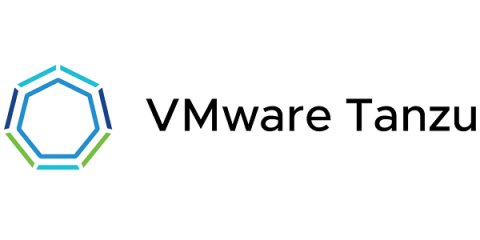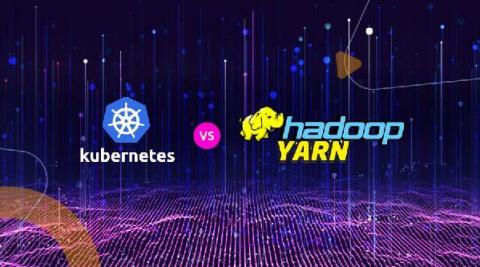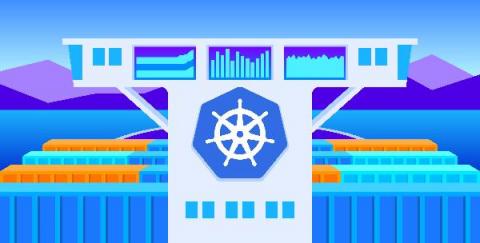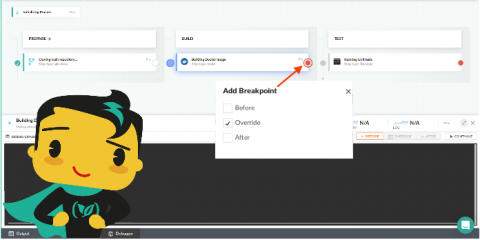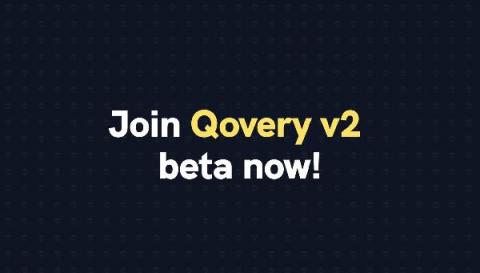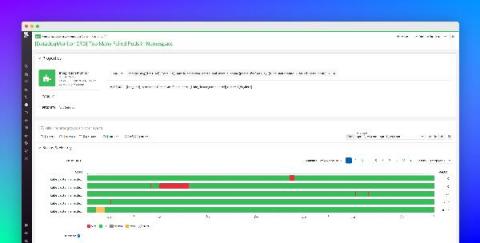VMware Introduces Continuous and Automated Validation for Its ISV and Ecosystem Solutions
If technology applications are the building blocks of enterprises today, developers comprise the masonry team. At VMware, we seek to empower application developers, architects, platform and digital teams alike by giving them the ability to choose the right set of tools for their unique development needs and goals. We build deep, meaningful partnerships with industry peers to support our customers’ choices across their full technology stacks.


